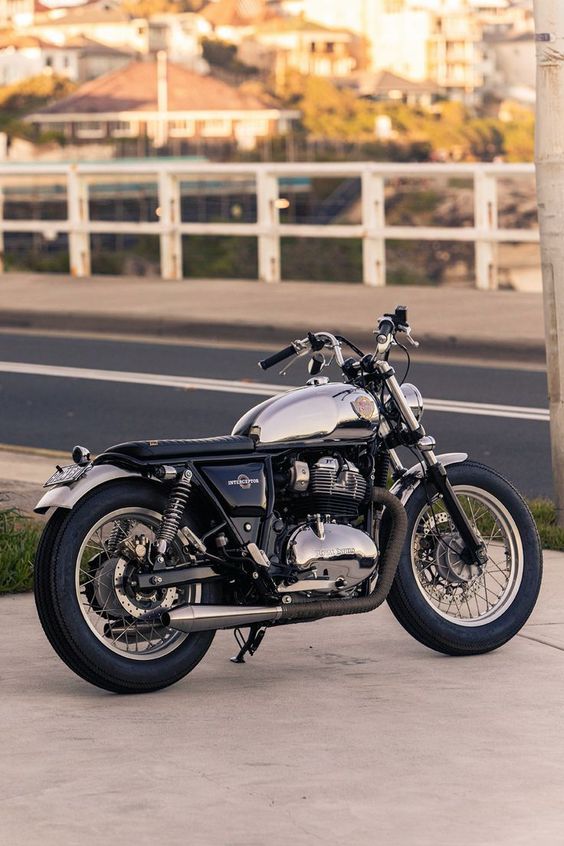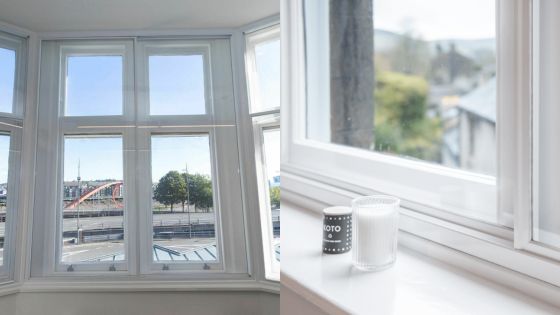
Whether you’re a casual cyclist or a dedicated mountain biker, understanding the essential parts of a bike can significantly enhance your riding experience. From drivetrain components to wheels, every part plays a role in ensuring a safe, smooth ride. Below, we dive into some of the main bike parts you should know about, offering insights on how they contribute to the overall performance of your bike.
The Frame: Backbone of the Bike
The bike frame is arguably the most critical component, serving as the foundation that connects all other parts. Frames come in various materials, each with distinct benefits. Aluminum, for example, is lightweight and affordable, while carbon fiber is known for its flexibility and strength. If you’re an avid cyclist, investing in a durable, high-quality frame can greatly improve your comfort and efficiency on the road.
Types of Bike Frames
- Aluminum Frames: Lightweight and corrosion-resistant.
- Steel Frames: Known for strength but can be heavier.
- Carbon Fiber Frames: Ideal for serious cyclists; it’s both lightweight and durable.
Drivetrain: Power and Speed Control
The drivetrain includes parts like the chain, chainrings, cranks, pedals, and gears that work together to transfer power from your legs to the wheels. It allows you to control your bike’s speed and navigate different terrains efficiently.
Key Components of the Drivetrain
- Chain: Connects the pedals to the gears and transmits power.
- Cranks: Turn the chainrings to drive the bike.
- Gears: Determine the difficulty level of pedaling, allowing for easier or harder rides depending on the terrain.
Keeping the drivetrain in good condition is essential for a smooth ride. Regular cleaning and lubrication can prevent rust and wear, extending the life of these crucial bicycle parts.
Brakes: Safety First
Brakes are the most important safety feature on any bike. They allow you to control your speed and stop quickly, making them essential for both city and mountain biking.
Types of Bike Brakes
- Rim Brakes: Affordable and lightweight but may wear down in wet conditions.
- Disc Brakes: Known for superior stopping power, even in wet or muddy conditions.
Disc brakes have become increasingly popular for both mountain and road bikes due to their enhanced braking ability. They’re a worthwhile investment, especially if you frequently cycle in challenging environments.
Wheels and Tires: Impact on Speed and Comfort
The wheels and tires affect both the speed and stability of your bike. The size, width, and material of the wheels can greatly influence how the bike handles different surfaces, from smooth roads to rocky trails. For example, road bikes typically have thin tires optimized for speed, while mountain bikes feature wider, knobbier tires to handle off-road conditions.
Choosing the Right Tires
- Road Tires: Thin and smooth, designed for speed on pavement.
- Mountain Tires: Wider with deep treads for better traction on rough terrain.
- Hybrid Tires: Balance speed and grip, suitable for mixed terrains.
A good set of wheels and tires can make a noticeable difference in your cycling performance and comfort, especially on longer rides. Among essential bicycle parts, wheels and tires deserve close attention for anyone aiming to improve their riding experience.
Handlebars: Steering and Control


Handlebars come in a variety of styles, each designed for different types of cycling. For instance, drop bars are common on road bikes, while flat bars are standard on mountain bikes. The handlebar style affects both your posture and control over the bike.
Types of Handlebars
- Drop Bars: Allow for aerodynamic positioning, suitable for speed.
- Flat Bars: Provide more control and stability, ideal for beginners and mountain biking.
- Riser Bars: Great for downhill biking, giving more control and visibility.
Choosing handlebars that suit your cycling style can make a significant difference in both comfort and performance, especially on long rides or challenging trails.
The Saddle: Finding Your Comfort Zone
The bike saddle is another critical part that affects your comfort during rides. Saddles come in various shapes and sizes, designed to accommodate different riding styles and body types. For instance, road bike saddles tend to be narrower to enhance speed, while mountain bike saddles are often cushioned for added comfort on rough trails.
Tips for Choosing a Comfortable Saddle
- Consider Width: Wider saddles offer more support, especially for long rides.
- Look for Padding: Gel and foam padding can add comfort.
- Experiment with Positioning: Adjusting the saddle’s height and angle can make a huge difference.
Comfort is essential when choosing a saddle, especially if you plan on taking long rides. Investing in a quality saddle can prevent discomfort and even reduce the risk of injury.
Pedals: Connecting You to the Bike
Pedals are the primary point of contact between you and your bike. Different types of pedals offer unique advantages depending on the type of cycling you do. Clipless pedals, for example, allow cyclists to “clip” into the pedal with special shoes, which can improve efficiency and power. Flat pedals are popular for casual riding as they allow for quick and easy dismounting.
Types of Bike Pedals
- Flat Pedals: Ideal for beginners and casual riders.
- Clipless Pedals: Allow for increased pedaling power, common in road cycling.
Selecting the right pedals is important, as they directly impact your pedaling efficiency and stability.
Conclusion: Knowing Your Bike Parts for a Better Ride
Understanding the different parts of your bike can help you maintain it better and make informed choices when upgrading or replacing components. Every component, from the frame to the pedals, plays a role in shaping your cycling experience. Investing in high-quality bicycle parts and maintaining them regularly will ensure that your bike runs smoothly, safely, and efficiently.
- 0shares
- Facebook0
- Pinterest0
- Twitter0



